 This is a story told by the young woman from Jamaica. Her name is Lyndsay, and she will share with us her knowledge about the African traditional head wrap that is used throughout African diaspora in the US, the Caribbean, and South America. Head wrap, head tie, headdress, duku, doek, gele, tukwi, musuro, or turban. These are just a few names given to the ornate headscarf worn by Black women across the diaspora.
This is a story told by the young woman from Jamaica. Her name is Lyndsay, and she will share with us her knowledge about the African traditional head wrap that is used throughout African diaspora in the US, the Caribbean, and South America. Head wrap, head tie, headdress, duku, doek, gele, tukwi, musuro, or turban. These are just a few names given to the ornate headscarf worn by Black women across the diaspora.
No matter where you travel throughout the African diaspora, whether it is throughout the United States, the Caribbean, South America, or on the Mother Continent of Africa, the headscarf has stood the test of time and remains an important part of Black culture. Here, we will be delving into a brief history of the headscarf worn by women throughout the African diaspora.
As a child, I was constantly immersed into my Jamaican heritage and culture through various mediums. Whether it was through the language, food, music, or traveling back to embrace every aspect of my parents’ birth country, I was undeniably rooted in my culture and my culture was rooted in me. When we did travel back home to Jamaica, which was practically every year since my birth, I remembered noticing at a young age the common use in wear of a “head tie”, as my mother and aunts always called it. When going to market or visiting family in Jamaica’s countryside, almost every woman I knew wore colorful head tie wrapped neatly atop their heads. These head ties were old T-shirts turned headscarves or uniquely patterned scarves twisted and wrapped around the crown of the head.
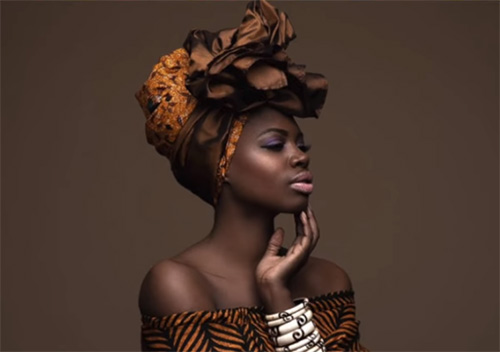
I remember being fascinated by the ornate way in which each scarf was wrapped. As a child, I figured that the reason why many women always wore the scarf, was because Jamaica was so hot and they were constantly working in the sun and needed the extra protection from the UV-rays. Little did I know at that young age that the head tie would represent something larger than just a means of protecting one’s scalp from the harsh UV-rays. I would soon realize how pivotal the headscarf has been to the core of Black female identity, cultural recognition, and social status, all originating to a rich ancestry on the continent of Africa.
The origin of the headscarf is traced back to its origination in Sub-Saharan Africa. Well, the headscarf was used as a means of protecting one’s hair and scalp from exposure to the harsh rays of the Sub-Saharan sun. The headscarf also served as an important piece to the culture and spirituality of African women. The headscarf played such a significant role that it could indicate one’s marital status. And still does to this day. A woman wearing a headscarf with the end leaning to the right indicates that she is a married woman. While the headscarf with the end leaning to the left indicates that she is single.
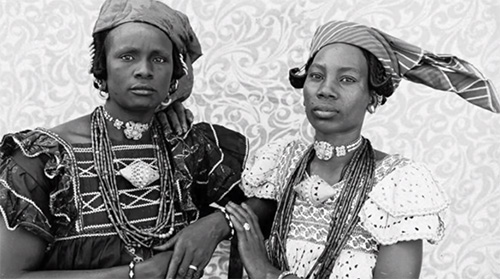
While being worn in common places such as at markets, in church, within a home, or at special events, headwraps within various African cultures also represent a means to making cultural beauty statements. A crown that graces the head to draw attention to the beauty of the woman wearing the ornate scarf. In this way, the headwrap can serve as an indicator of one’s social status, style, and wealth.
The fabric used to wrap one’s hair may vary according to the occasion, with each print and choice of color telling a unique story and paying honorage to tradition. But to really understand the depth and importance of womanhood and serving both a legacy and tradition of head wrapping and protecting one’s identity, we must understand a historical context within which these scarves stood the test of time.
Within the years following the Berlin conference, the European nations regulated how they would divide the continent of Africa among European nations for colonization. Tribes and villages of already established civilization were disrupted, destroyed, separated, and many were killed. During the years of colonization, rules, restrictions, and means to enforcing native Africans to conform to European standards were set into law. These standards included conformity to European beauty standards that disregarded the original rich traditions and cultures of various African people. Throughout various countries in Africa, the continued wear of the headscarf has served as a physical representation of Black women’s resistance to colonization and conformity.
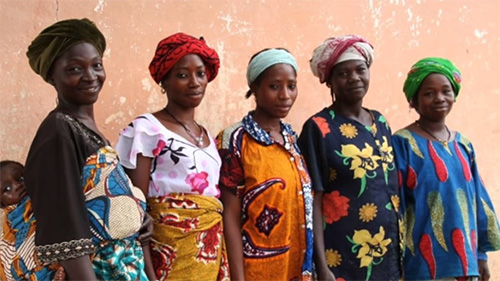
Between 1525 and 1866, approximately 12.5 million Africans were kidnapped from their native lands, bondaged, and shipped to the New World to be sold within slave markets in the United States, the Caribbean, and South America.
Throughout the Caribbean, enslaved women continued the African tradition of headwrapping as a means for protection from natural elements. Often accompanied by the use of straw hats, the fabric used for headwraps varied in color from the dull blues, grays, and browns, required by their slave owners to the more ornate madras cloth used to design intricate headpieces. On Sundays, some plantation owners allowed their slaves to choose their style of dress for the day. Many women would trade what little they had in exchange for the madras cloth imported from India. It was this cloth that served as a foundation of many traditional Caribbean dresses. With the headwrap or headpiece serving as an integral element.
In some islands, like Dominica, the headpiece would often feature peaks that represent one’s relationship status, similar to traditions in various African cultures. Those, stripped of their possessions and ripped from their native lands, enslaved African women in the United States still carried their rich traditions with what little they had.
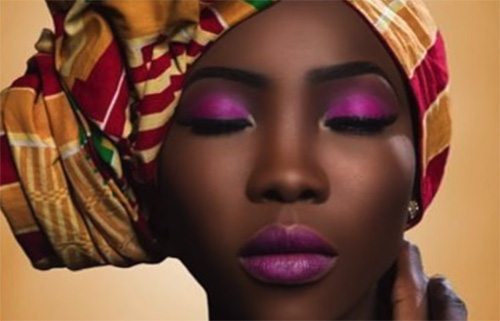
As they had in their homelands, enslaved women would wrap their hair to protect themselves from exposure to nature’s elements as they worked on a plantation. This form of continuing tradition quickly became enforced as a law that restricted the extravagance of how Black women could dress and express themselves. Some laws, like an infamous 1786 Tignon law of Louisiana, were established as a means to dimming the exotic features and desirability of Black women, enslaved or free, to peace White women who were often jealous of Black women operating within their social circles. This required Black women to refrain from braiding traditions such as “cornrows” and cover their hair with a headwrap. These laws quickly transformed enslaved and freed African women’s conservation of tradition and the society’s mark of enslavement and imperiority.
After emancipation in 1865, newly freed Black men, women, and children sought to adjust to a new way of life within post-slavery America. In doing do, many Black women abandoned wearing headscarves as a means to moving further away from society’s assigned status of enslavement to a status of freedom. Straightened, pressed, and curled hairstyles were adopted by Black women who wanted to reduce their time navigating through a society that only knew hot to serve and accommodate White people.
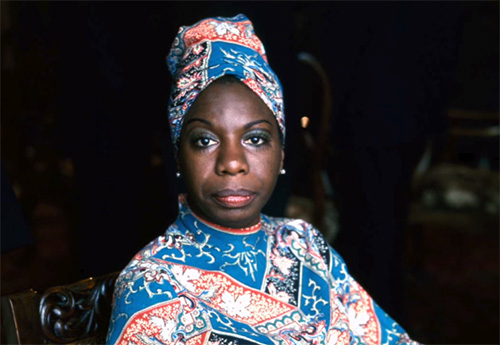
In the 1960s and 1970s as Black men and women began to unapologetically reclaim their heritage as a means of rebellion and Black pride. The headscarf was embraced once again.
For me, every time I stand in front of the mirror to wrap a scarf upon my head, I am in awe of intricate patterns that play upon the fabric. I’m reminded of my ancestors – my grandmothers and generations of great grandmothers – who covered their heads out of both necessity and force. But also as a means to conserve a legacy – a legacy that has stood the test of time and has survived colonialism, the middle passage, slavery, and post-emancipation societies. Each time I wrap each end of fabric across the crown of my head, I’m reminded of resistance to conformity, the dare to demand justice, and the crown that naturally graces my head.
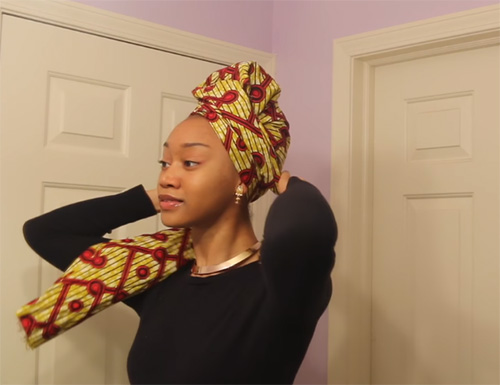
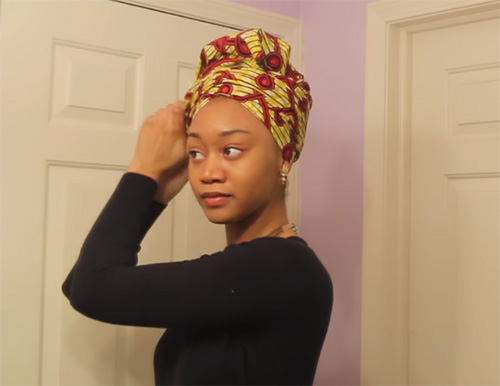
Today, we are neither forced, nor legally restricted in how we express ourselves as Black women. Within the past few decades, we have reclaimed pride in our traditions and undeniable beauty in our Blackness. Whether it is our features, our hair textures, style, or history. It is a reminder of that which is already within us – our strength, our royalty, and a legacy of unbreakable people. It is the headwrap that serves as a unique historical communality among Black women across the diaspora and our history existing within societies meant to enforce assimilation. Standing here, I am the daughter of a great woman whose tradition has never died and whose strength has never faltered.
(c)


